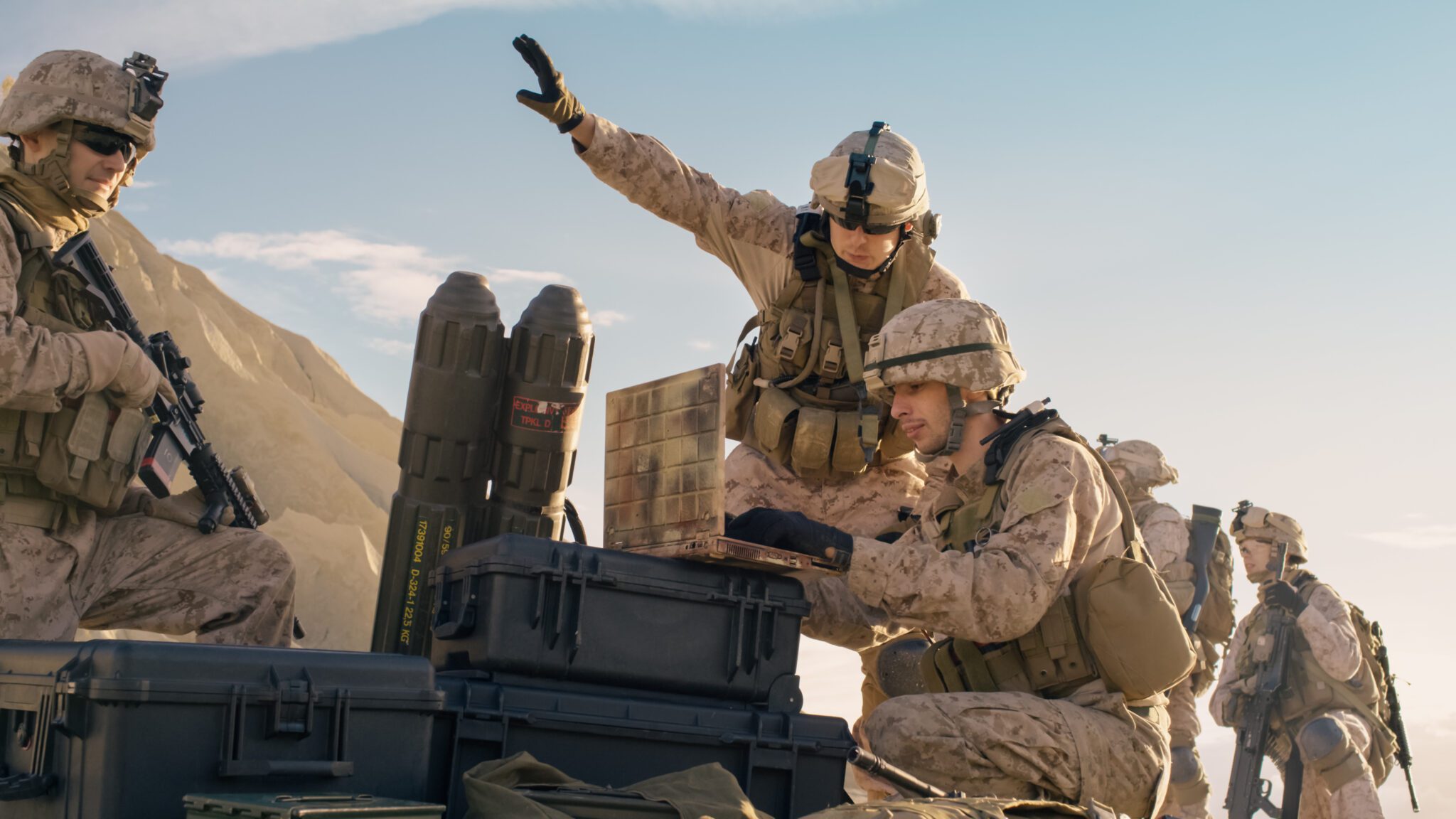At NJII, operationalizing technology for defense means to make it ready to be used on a weapon system platform, payload, or ancillary equipment. Using ideation sessions, NJII works with industry partners and the Department of Defense (DoD) to understand how new technology will be deployed and used. These ideation sessions take place at the Cooperative Operationalized Manufacturing Engineering Technology (COMET) center for Advanced Manufacturing in Landing, NJ. Once a common view is established with our partners, NJII works to support program objectives by providing design capabilities, workforce training development and field test support.
NJII approaches operationalization in the following broad areas:
- Harden and ruggedize technology for use in harsh conditions.
- Increase Technology Readiness Levels (TRL) and Manufacturing Readiness Levels (MRL) of advanced manufacturing processes.
- Reduce risk to defense program offices by ensuring new technologies can function within current and legacy systems.
- Support workforce development efforts among the DoD and defense industry partners.
Hardening, or ruggedizing technology, is often the critical first step to operationalize technology. This is demonstrated using DoD performance specifications and environmental testing. How technology will be deployed will determine the type of testing it will be subjected to – temperature extremes, shock & vibration, submersion, etc.
The technologies studied at the COMET center include additive manufacturing (AM), printed electronics, additively manufactured electronics (AME) and robotic systems used for manufacturing and inspections. Some of these technologies are more mature than others, meaning they have a higher Technology Readiness Level (TRL) Technology Readiness Level (TRL) – AcqNotes. Along the same lines, sometimes a technology is mature, but the manufacturing methods used to make it are not repeatable. This would be described as having a low Manufacturing Readiness Level (MRL) Manufacturing Readiness Level (MRL) – AcqNotes. At the COMET center, NJII works to be a trusted agent in working to define whether technology, and the manufacturing needed to produce it, is ready for operation.
Working with defense program offices to reduce risk is another way that NJII works to operationalize technology. Working to enhance the safety of manufacturing operations or improve the accuracy of new inspection systems can ensure that work stoppages are avoided or that only qualified products make it out to the field.
Finally, one of the most important ways that NJII-COMET operationalizes technology is through our workforce development programs. Advanced Manufacturing and a high MRL can only truly be operationalized with a skilled workforce. NJII teams up with customers at the DoD and partners in industry to identify the specific skills needed to get this technology into the field. By learning to operate the specific manufacturing equipment being evaluated by the DoD, on projects of real-world importance, COMET trainees are able to immediately make an impact when they transition to their next role in the Defense Industrial Base (DIB), Organic Industrial Base (OIB), or as a civilian DoD researcher.
Through this systematic approach NJII works towards operationalizing lifesaving technology, getting it into the hands of warfighters where it makes an impact. Visit the NJII Defense Division Home Page and the COMET Center webpage to learn how NJII is driving innovation for the Department of Defense.
Looking to get involved? Contact us today!
